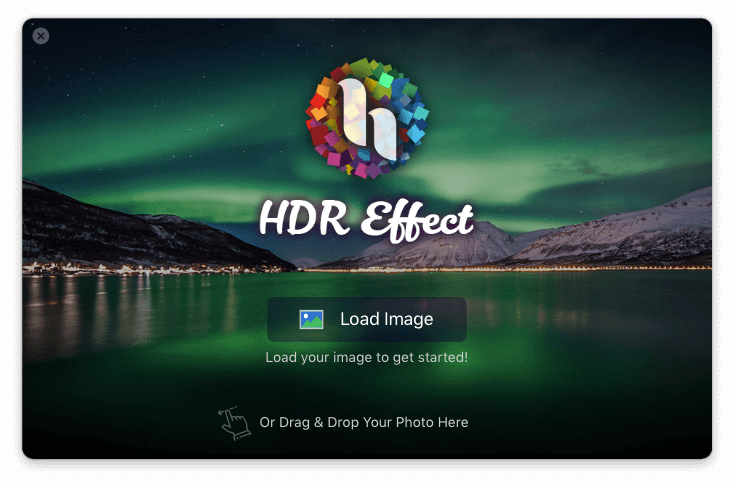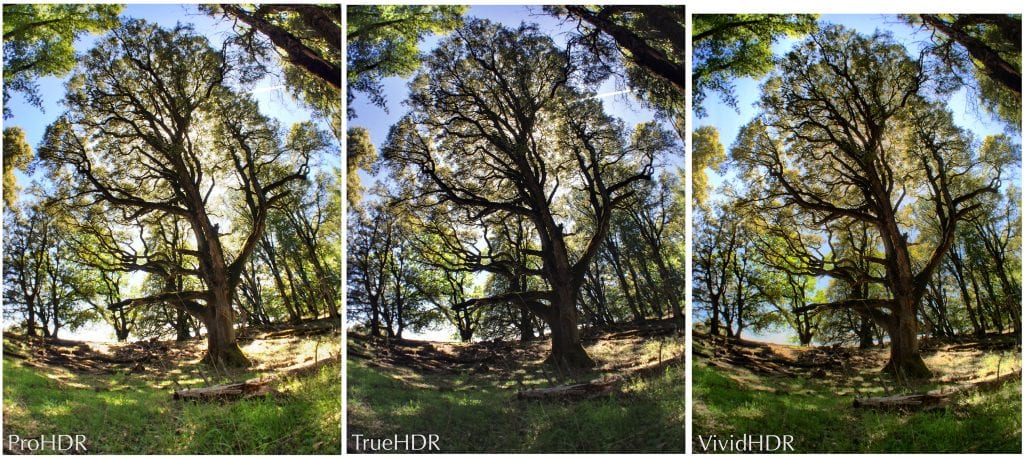
Whatever they're called, these settings are meant to adjust the luminance and are the best setting to use to get the brightest image possible. On OLEDs, it's usually called OLED Light, but the Vizio OLED 2020 has a Luminance setting. The majority of LED TVs call it Backlight, but Samsung and Sony use Brightness.
#Tv hdr effect tv#
This may mean getting the brightest highlights your TV is capable of, or it might mean settling for slightly dimmer highlights that come with less blooming. This can get distracting and negatively impacts the picture quality.įor that reason, you should choose the highlight setting that you enjoy the best. This combination can lead to light blooming off bright highlights, like a glowing effect when there are small light sources in a dark scene. Some TVs offer different highlight brightening settings, and often these settings require the enabling of local dimming.
#Tv hdr effect how to#
How To Get The Best Results Increase bright highlights We use this to linearize all of our luminosity measurements for this test, ensuring the ABL best represents what's seen. When the PQ curve is divided into 4096 segments (12-bit), there are smaller steps that relate to the change in brightness the horizontal dotted lines represent each step, and as you can see, the first step in each segment represents a higher change than the last segment. PQ is a function that relates luminosity with noticeable differences in brightness. This linearization is done with the PQ EOTF, as you can see below.Įach step of 1/4096 along the PQ curve shows the nonlinear relationship between the target luminosity (vertical axis), and a similar, just noticeable difference in the stimulus (horizontal axis)

Essentially, if a screen goes from 25cd/m² to 20 cd/m², it's more noticeable than a screen going from 100 cd/m² to 95 cd/m². The eye is much more sensitive to small changes in luminosity in a dark environment than a bright one, so although the measured change in luminosity may be the same, the brighter source is better because we don't notice the change in brightness as much. Linearizing Luminosityįor the ABL calculation to be significant, it should correspond to the way we perceive different luminosity levels. We measure the PQ EOTF as part of a separate test and display the results as a graph. Even though it's not part of our HDR brightness testing, the PQ EOTF plays an integral part in how well HDR content is displayed on your TV. In short, it converts the 1s and 0s that define how bright a scene should be into the actual light output on the screen. In HDR, the PQ Electro-Optical Transfer Function, or EOTF for short, is the mathematical function that a TV uses to convert the digital signal encoded in the content you're watching into brightness. Sony A95K OLED - Fantastic PQ EOTF Tracking

ABL isn't something you should worry about too much if you just watch SDR content, but it's more important for HDR content. Also, it's possible for small highlights to be less bright than larger areas because of frame dimming on some TVs.

A high ABL is usually found on OLEDs, as large areas are noticeably less bright on those TVs. This means we only calculate the noticeable differences that we can see when watching TV.Ī TV with an ABL of 0 means that the brightness doesn't change across different content.
#Tv hdr effect windows#
Our Automatic Brightness Limiter (ABL) coefficient variant calculates for the difference in brightness between the sustained windows tests after normalizing for noticeable differences with the Perceptual Quantizer (PQ) EOTF. What this essentially means is small areas get brighter than large areas, and we want to know just how much difference there is between the two. This is done to prevent the entire screen from getting too bright and damaging internal electronics. TVs use algorithms to limit how bright the screen gets, especially with large areas, like in our 100% peak window test.


 0 kommentar(er)
0 kommentar(er)
